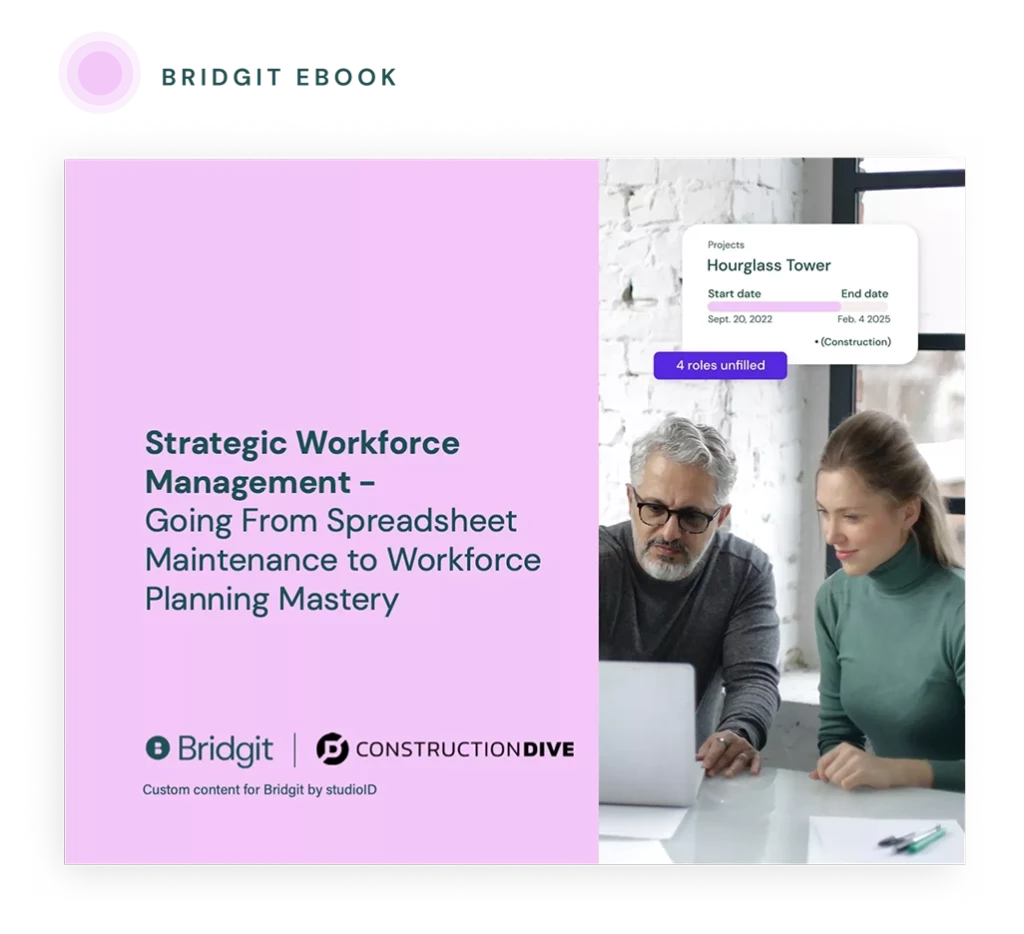Table of Contents
As 2023 quickly approaches, the construction industry deals with odd contradictions. The aftereffects of the COVID-19 pandemic are signaling a looming recession with rising inflation, rising interest rates, lower consumer scores, and dampening willingness and ability to purchase new home builds as the major indicators.
Seeing these trends rightly causes pessimism, but construction might have something to be optimistic about in the coming year. For 2023, construction spending is projected to increase about 6 percent largely due to strong gains in manufacturing and retail facilities. The high rate of increase in manufacturing projects is chalked up to a trend in increased onshoring due to the supply chain disruptions over the last two years. Increases in retail construction spending are due to warehousing and distribution facilities being built because of the growth in e-commerce.
To make things more puzzling, the rising cost of materials is still cutting into profit margins, and the skilled labor shortage is leading to project delays. This level of confusion can bring added pressure to an already reactive industry. It’s more important than ever that contractors take a step back and evaluate their current processes to find areas of improvement. Doing this may help you spot opportunities for growth amidst the chaotic forecast for the coming year.
One key area in which it’s possible to find opportunities is through more effective management of your workforce. You must hold onto the workforce you have tightly, and this article will outline five ways you can improve your workforce strategies. Managing your workforce well will incentivize people to join your company and help the people you already have grow in their roles.
Five steps to more effective workforce strategies
1. Use specialized software
A construction project has hundreds of dynamic variables, making it difficult to predict exactly how and when it will be delivered. These variables are part of the reason the construction industry has been slow to gain productivity over the years.
Most contractors use spreadsheets to manage their workforce. While spreadsheets are flexible tools, they’re cumbersome to update, prone to error, and limit collaboration. Managing your workforce without software is a tall order, and costly errors are inevitable. Workforce management solutions, like Bridgit Bench, provide customizations and industry-specific features that will help simplify the complex resource planning process.
Bridgit Bench can help you manage milestones and project phases and easily tie your resources to specific project phases. Additionally, workforce management solutions will help you track your team’s skills and experience and provide insight into your workforce utilization rates to optimize your capacity planning, stay ahead of recruitment needs, and better understand the impact of future work.
An added benefit to this type of software is the centralization of your project and workforce data, giving you complete control over your team’s accessibility. Making this data easy to access makes it easy to collaborate, make changes in real-time, and share resources among multiple offices.

Looking to be more strategic with your people?
We partnered with Construction Dive to outline the steps any contractor can take to be more strategic with their workforce management.
2. Understand your project demand
Your target project and phase completion dates can be used to strategically schedule your workforce, ensuring you have the right people in the right place at the right time. Take the time to include your project phases in your workforce planning and any other target dates you’re aiming to hit.
These project and phase completion dates help create the foundation for a productive job site. Be sure to inform your team of the expected completion dates for each phase and milestone and how those dates were decided. When everyone is aware of their end goals and how they came to be, it helps keep everyone engaged in the work and pulling in the same direction.
Don’t limit yourself to just tracking current and awarded projects, either. Many contractors overlook planning for project pursuits. Making this mistake leads to surprises when projects are won, amplifying the downsides of the labor shortage. According to a survey by Bridgit and SmartBrief, 86 percent of respondents have bid on work only to find that they don’t have the necessary workforce to complete the job. By adding pursuits to your planning, you’re able to get a better understanding of the true capacity of your workforce. With this understanding, you can bid on projects more strategically and give your HR team enough leeway to develop a recruitment plan to hire the most qualified candidates for your company.
Take the time to look at your historical project data as well. Find projects of similar scope and size to understand better the resources required to hit target dates and identify teams that could replicate that success.
3. Identify your available resources
Now that you’ve identified your project and phase dates create a list of all the resources you’ll need to hit your targets. Be sure to include the relevant skills and experience for each project role.
You can also use this data to develop and upgrade an individual team member’s skills. You can use team members’ strengths and weaknesses to ensure skill sets complement each other. For example, pairing a Project Manager with a lot of experience with a recently promoted Project Manager will allow the former to lead by example. At the same time, the latter will learn how to deal with the complexities of their new role. Effective workforce management involves choosing the best-fit team members to deliver quality work on time and under budget.
Tip: Include a “Plan B” in your list of resources. If additional support is needed, you can quickly reference your backup plan to identify available resources that can help keep your project moving forward.
4. Allocate your resources and remedy any issues
We’ve identified milestones, project phases, and resources. Now, it’s time to start allocating team members to projects. While everything might make sense on paper, it’s not until you start assigning team members to projects that you’ll be able to see the impact on the rest of your project pipeline.
Workforce management software can help identify potential issues with your plan and remedy them in real-time. For example, Bridgit Bench will indicate any allocation issues within your resource plan. Suppose a team member is being overutilized. In that case, you can quickly adjust allocation percentages or replace them on a project with an available team member and immediately see that change’s impact.
Tip: Be sure to communicate resource planning expectations for your project operations. If you want weekly updates from your Project Managers, let them know how you expect them to communicate with you.
Think your workforce planning meetings could be more productive?
Download our ebook to learn how to run efficient, effective workforce planning meetings with your team.
5. Evaluate and compare with you historical project data
Effective workforce management is an iterative process. Evaluating this process when a project is complete will help identify areas for improvement. As you make adjustments over time, ensure they’re documented in project debriefs. Consulting this historical data can help you replicate past successes, avoid missteps, and efficiently scale your workforce planning process throughout your organization.
Lastly, it’s important to ask yourself three key questions:
- How well are you utilizing team members across the company?
- How efficient is your planning process?
- Does your team feel like they’re being given career-building experience?
Answering these questions thoroughly and honestly allows you to set new goals and target metrics that build on historical successes and mistakes. You’ll also be incentivized to develop your workforce as an asset that sustainably grows and refines with your company. Bridgit Bench is the leading resource management solution for the construction industry. Our goal is to improve the efficiency and effectiveness of workforce management across the industry. Learn more about Bridgit Bench, or check out some of our client success stories.



